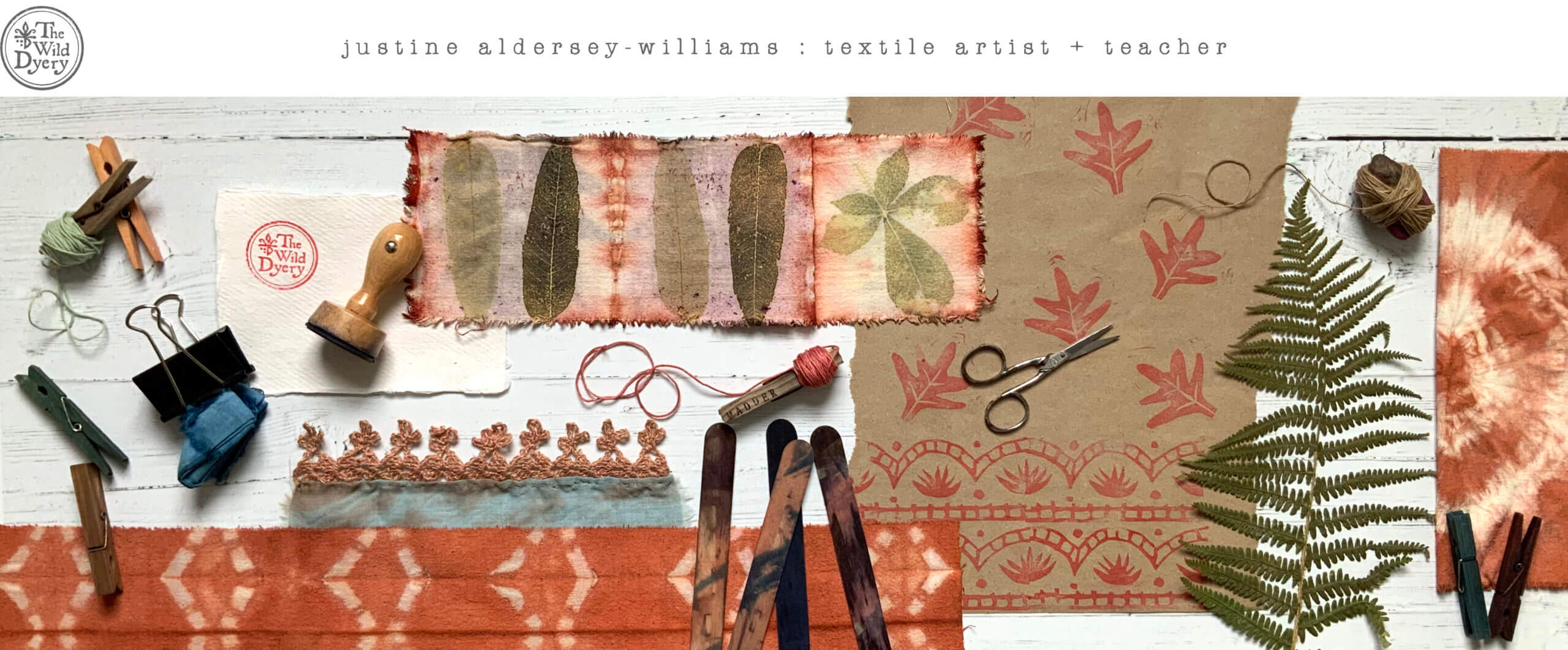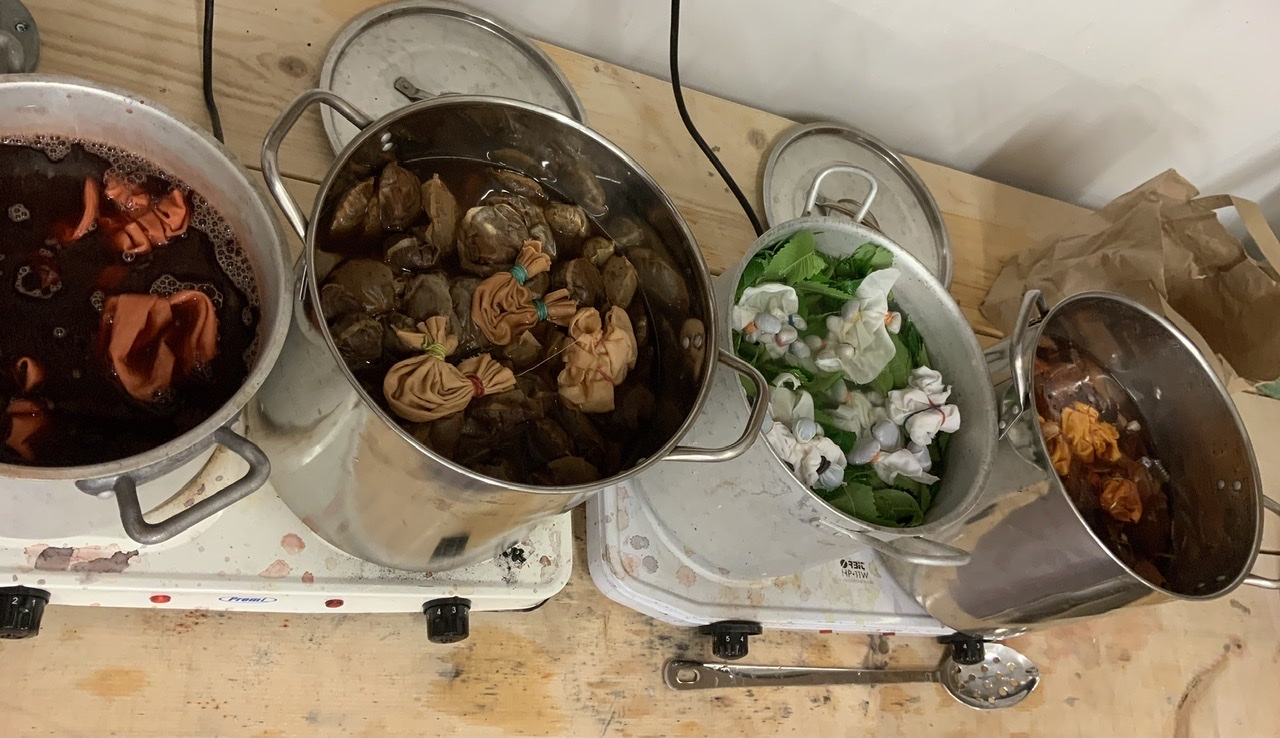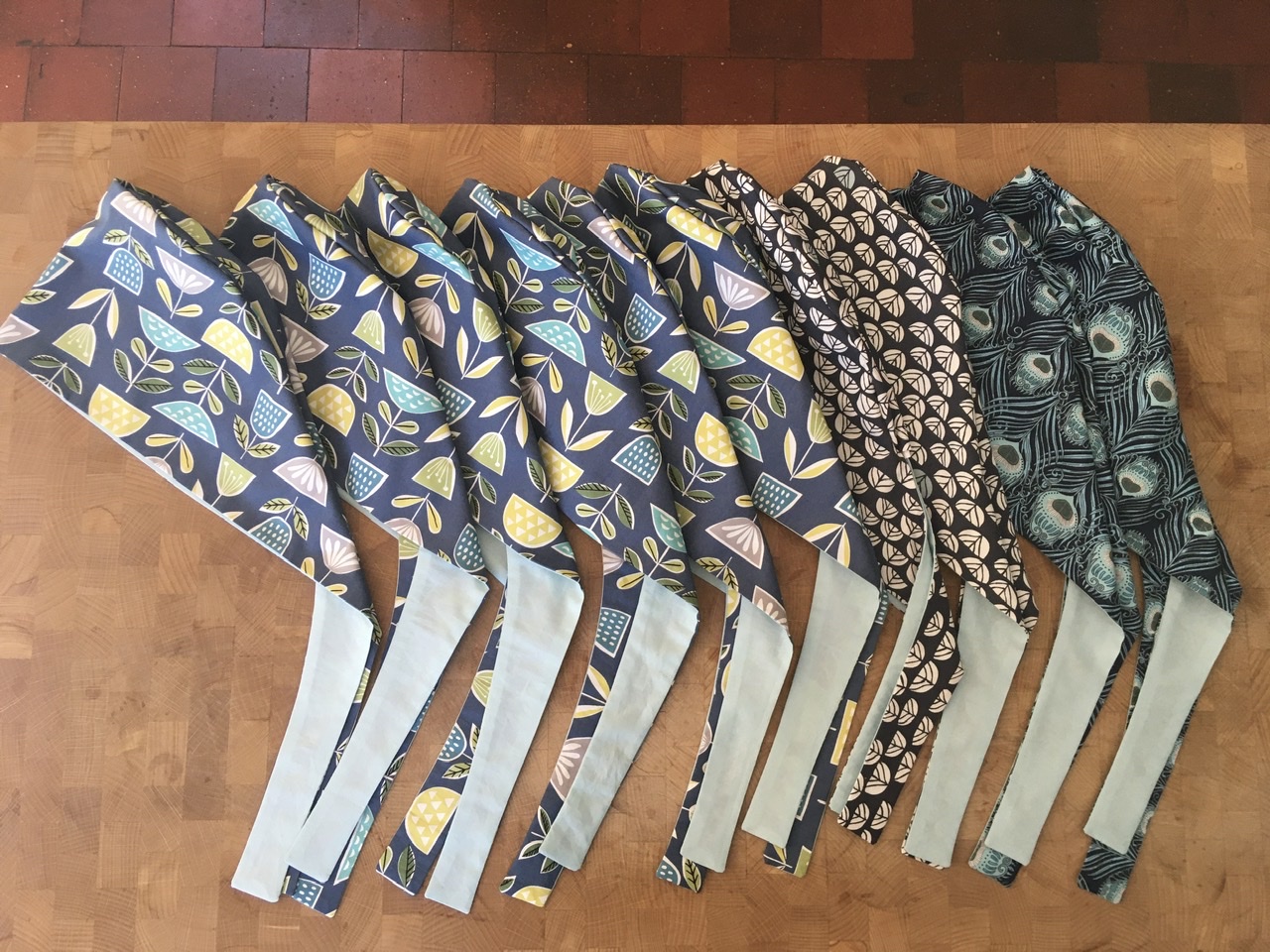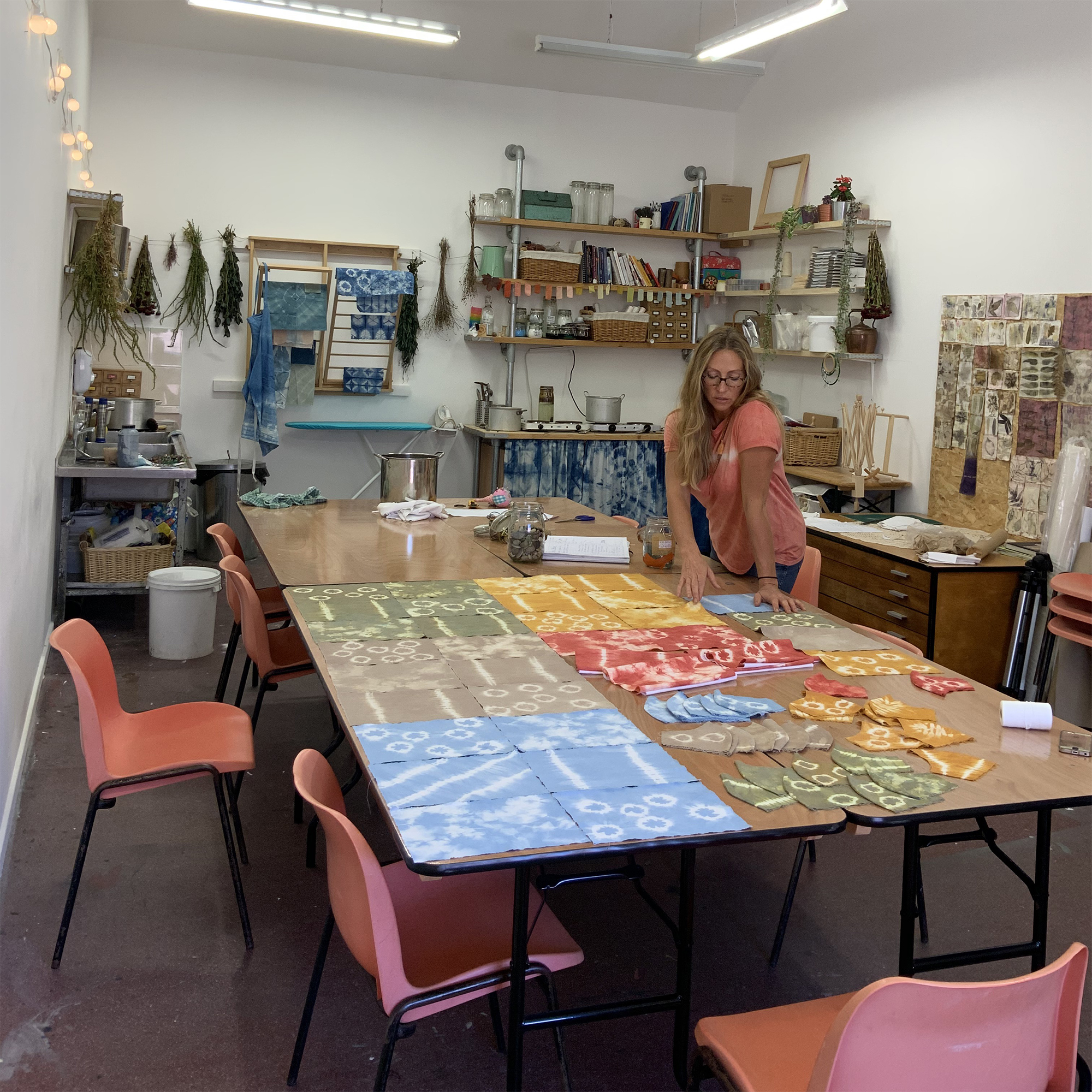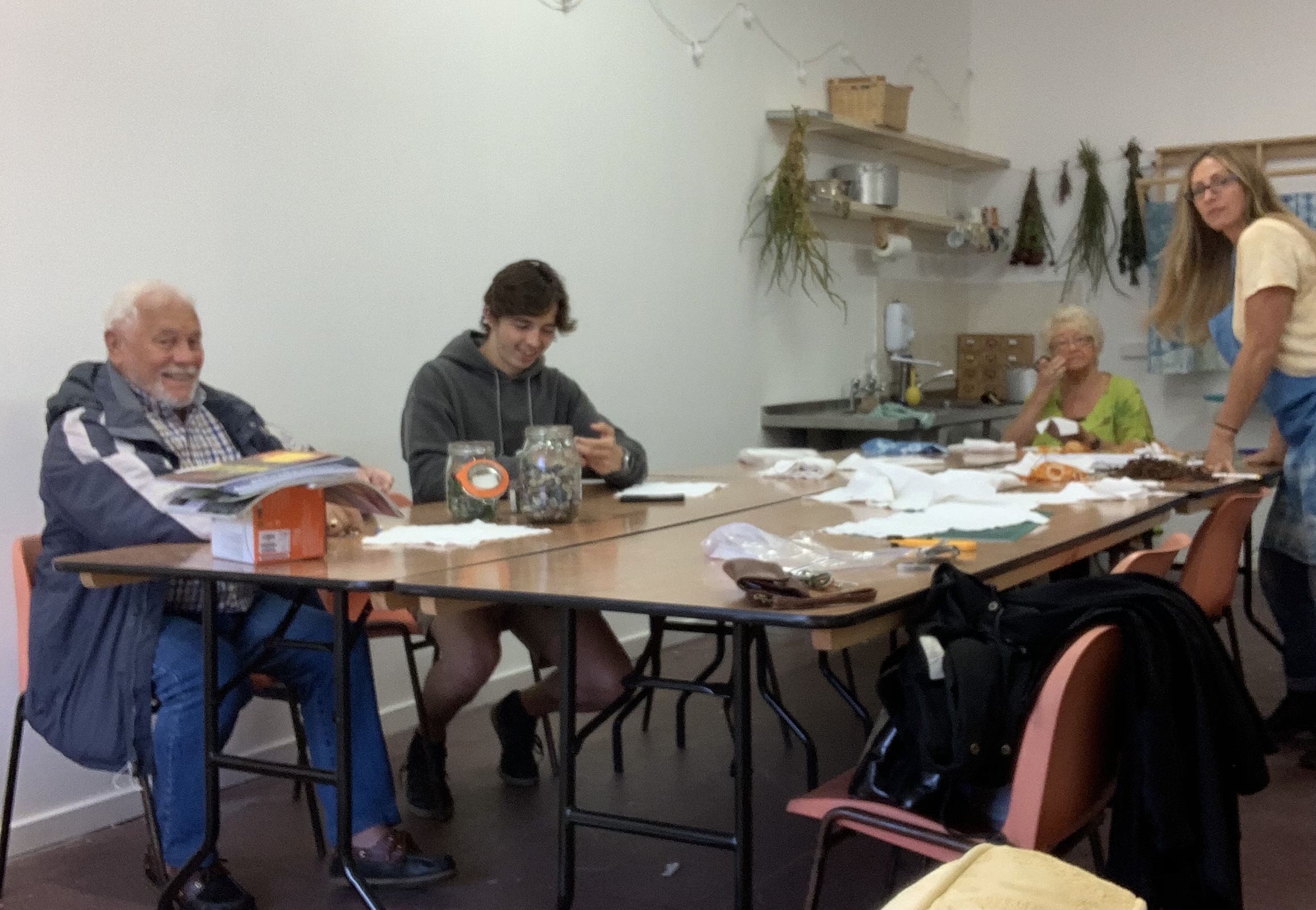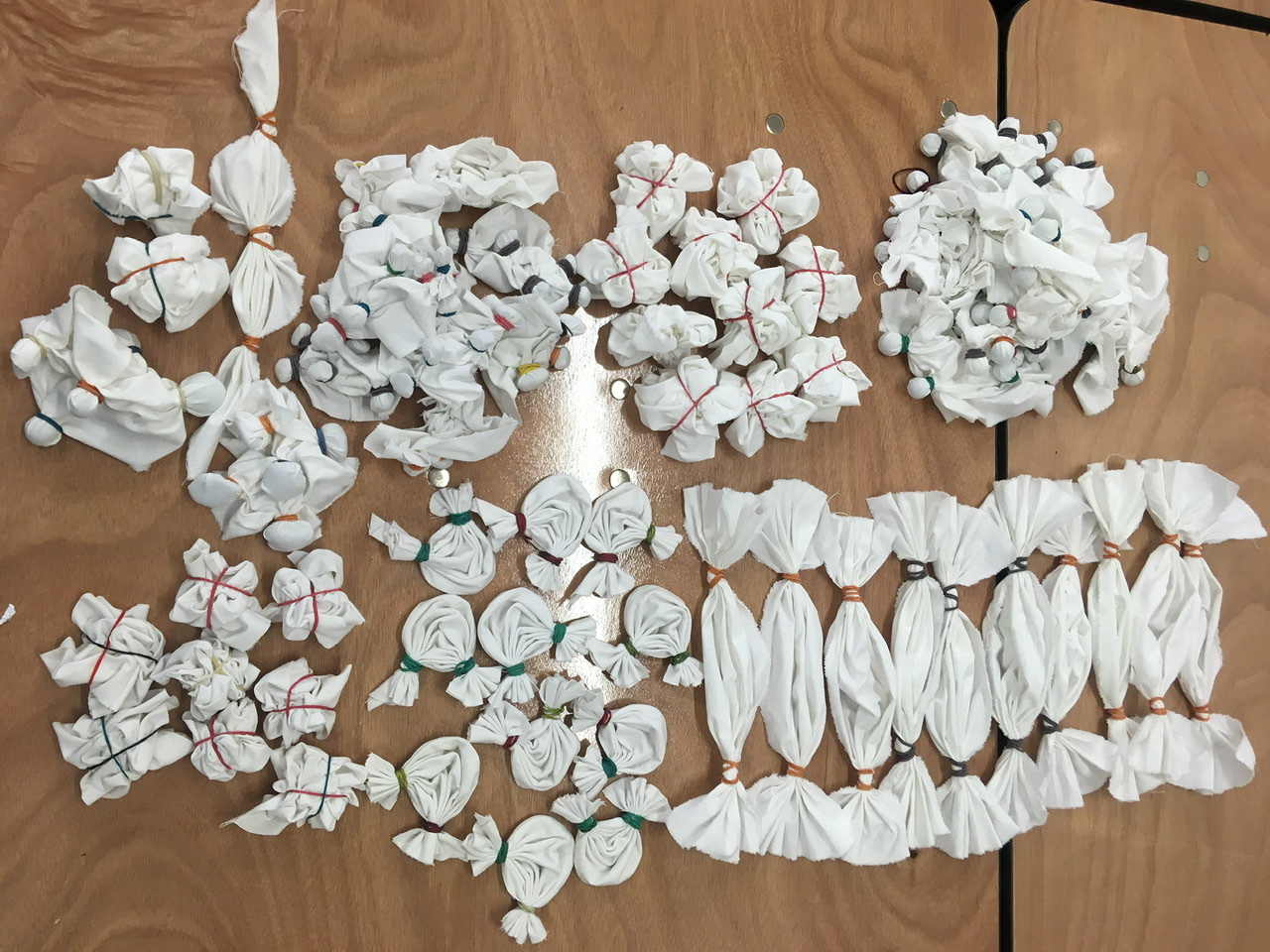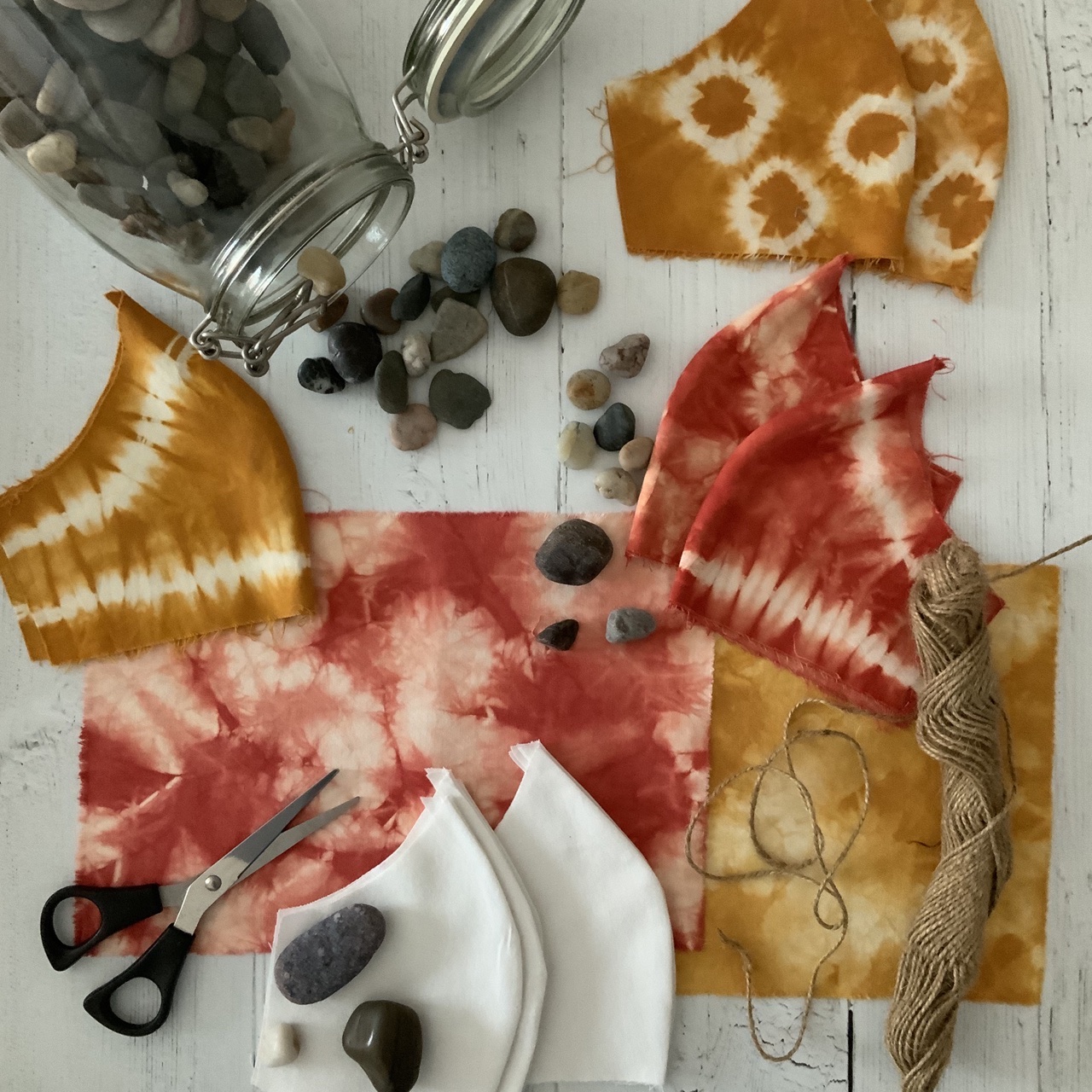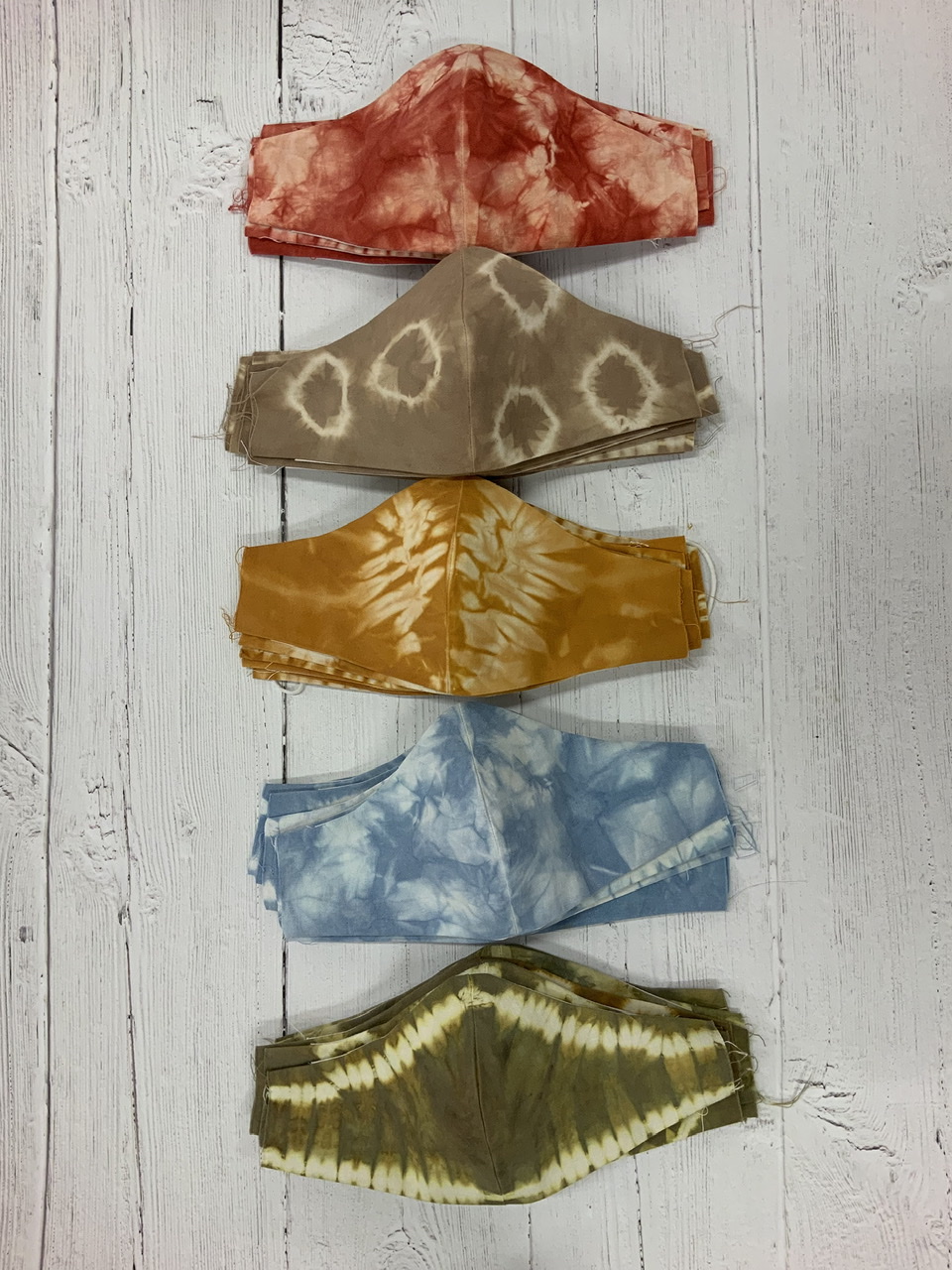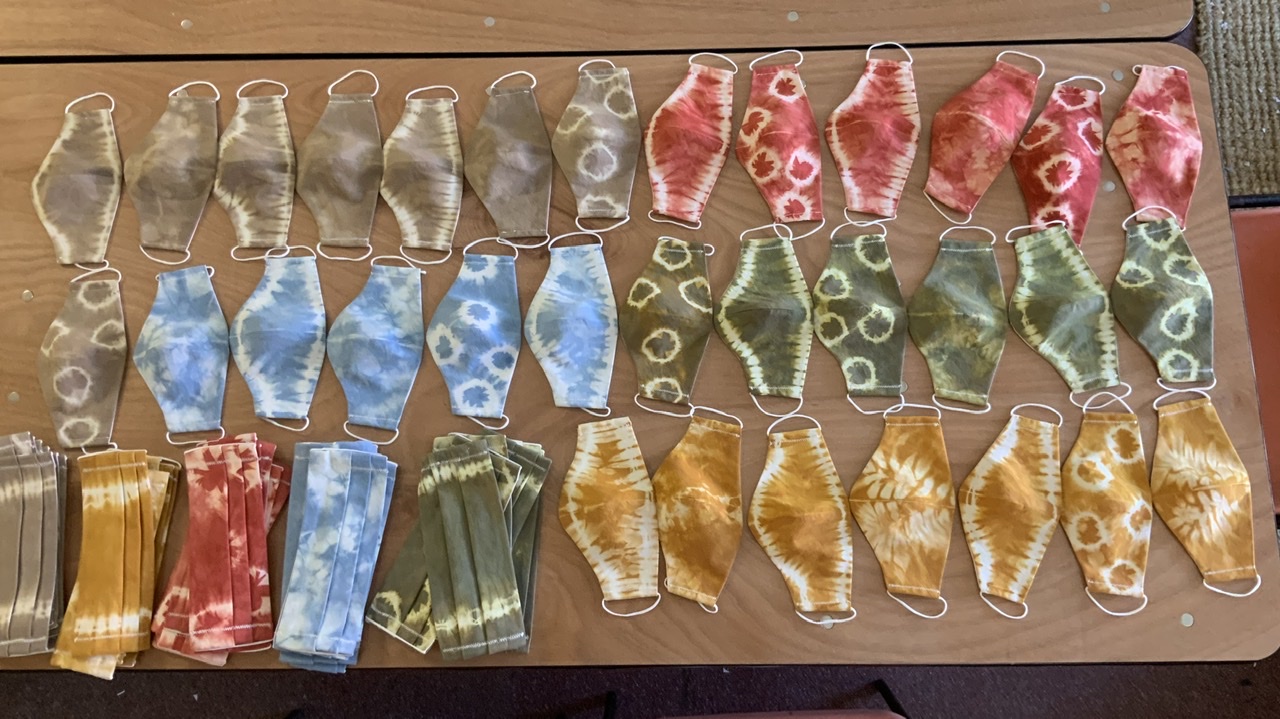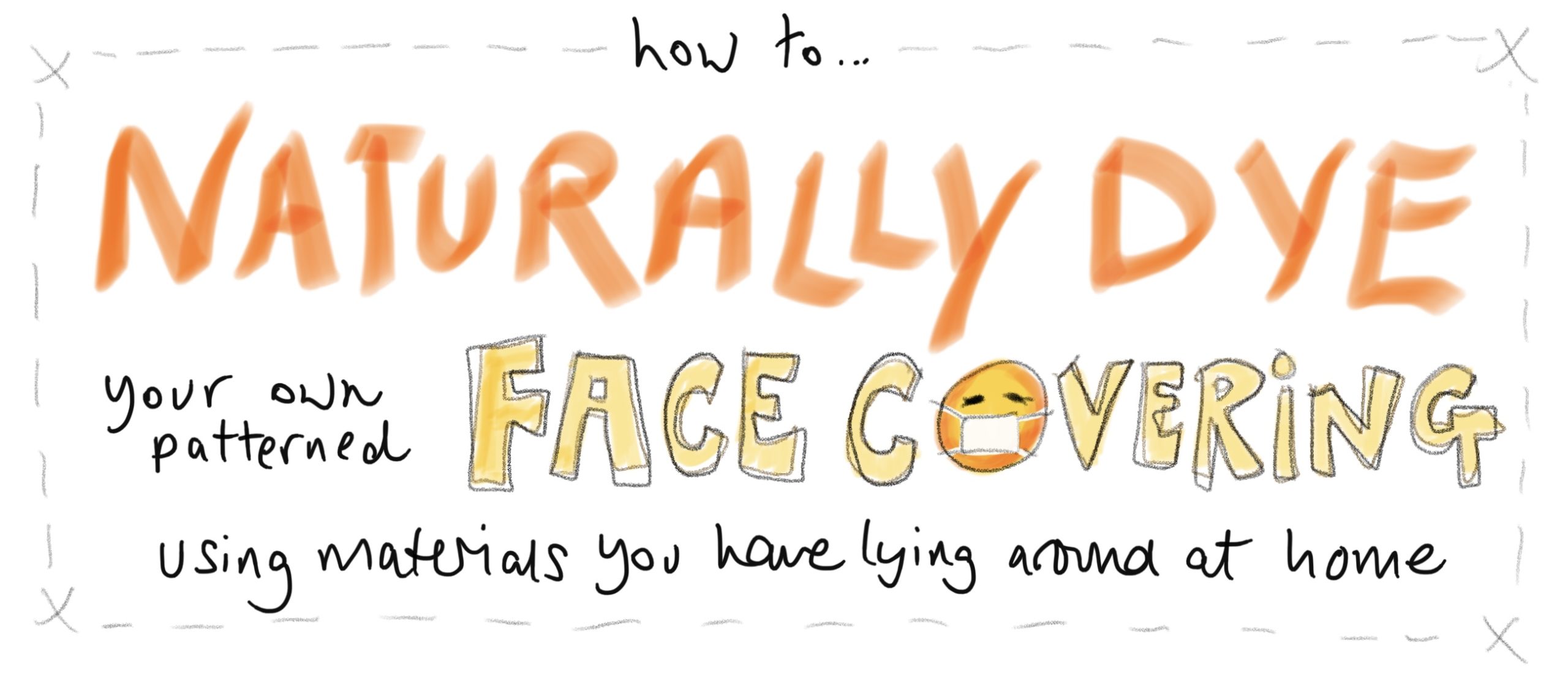Every year on the August Bank Holiday Monday, my hometown Hoylake comes together for an event called ‘Lifeboat Day’ to raise money for the local RNLI.
That event couldn’t take place this year due to Covid-19 restrictions but my neighbours decided to do a mini (socially distanced) fundraiser and they asked residents to donate some items.
My plan was to make some naturally dyed face coverings using free sewing patterns downloaded from the Big Community Sew website. I wanted to use free materials that made use of old items and dye stuff that people might have lying around their houses.
New face coverings are so necessary yet can involve the extraction of petrochemicals for both the fabric and dyes which causes huge pollution. Sometimes this is unavoidable but there are items we throw away everyday that could be upcycled or used to revive and extend the life of textiles we already own.
So, I asked my neighbours to donate old bedsheets, pillowcases and kitchen food waste such as onion skins and tea bags. I decided to make as many as I could with what I’d been given and was aiming for between 50-100.
I’d already dusted off my sewing machine to make scrub caps for my local ‘For The Love of Scrubs’ group (see photo below) and having always dismissed myself as a ‘slapdash seamstress’, realised I was probably good enough to help out some more - no excuses!
The video (right) marks the beginning of the challenge one week before the event!
Would you like to learn how to pattern, dye and sew your own face covering using free materials? Scroll down for details of a free tutorial I’ll be releasing on Christmas Day!
Patterning, dyeing and stitching face coverings took considerably longer than just sewing pre-bought fabric. The natural dye process is a labour of love involving collecting or foraging dye materials, scouring (hot washing), mordanting (pre-treatment to fix natural dyes), patterning with tie-dye resist techniques, dyeing, rinsing, drying and then sewing.
I think this was the point when I realised I might need a little help! I hadn’t fully quantified the time this would take when I decided to give myself the ‘motivation’ of a week’s deadline! It got pretty intense and as has so often happened when I’ve had a spontaneous, harebrained plan, I recruited my Mum and Dad who were joined last minute by my Son and Husband on my birthday, the day before the event.
I donated an indigo (blue) dye kit and some of my madder (red) dye from my stash to add to the yellow and beige from onion skins and tea bags. Then once all 70 masks were bound in 4 different patterns, they were ready for the pots!
I tied four different patterns; a stitched heart, a border design, a scrunched cloud effect and spots using pebbles, marbles, string and elastic bands. If you’d like to have a go, scroll down for details of the free tutorial I’ll be releasing as a thank you on Christmas Day.
I like the fitted face coverings best, although I did have to narrow the side panels on the pattern so they didn’t gape - very easy to do. These masks were just waiting to have their ear elastics sewn in and the botanical colours are as follows:-
- Madder (Rubia tinctorum) - an ancient dye used by Druids for ceremonial clothing during women’s rites of passage
- Rusty Tea - used tea bags mixed with some iron water to ‘sadden’ the colour
- Onion Skins
- Indigo (Indigofera tinctoria) - mystic blue known as ‘The Colour of God’
- Khaki Green (Weld - Reseda luteola saddened with iron water)
Onion skins are safe to use yourself in your kitchen so check back this Friday (Christmas Day) for the free tutorial you can try over the holiday.
These are the finished masks! Completed in time for our mini RNLI fundraiser. You can watch the live IGTV I did on the day here. I raised around £250 in just a few hours but have since sold (given away for a donation) at least 10 others. I’ve left this to trust but estimate that if people have donated between £5-£10, there’s another £50-£100 heading to the Hoylake Lifeboat and there are still a few left so if you’d like one, just send me an email.
They’re incredibly easy to make (when you’re not doing 70 to a deadline!) so if you fancy knowing exactly where the fabric and dye in your face covering has come from and want to express your own unique creativity, as mentioned, I’ll be releasing a free tutorial this Friday as a Christmas thank you to everyone who has supported me and my business this year. Making with nature has saved my sanity this year and at this darkest point, I hope a fun activity will brighten your festive period. Hint... start collecting onion skins now! Check back later this week or sign up to the mailing list below for a reminder.
Plus, all my online workshops will go on sale at the same time! You can get 25% off everything from 25th - 31st December. Find out more about my three on demand, instant access courses that comprise the ‘Foundation in Natural Fabric Dyeing’ below.





